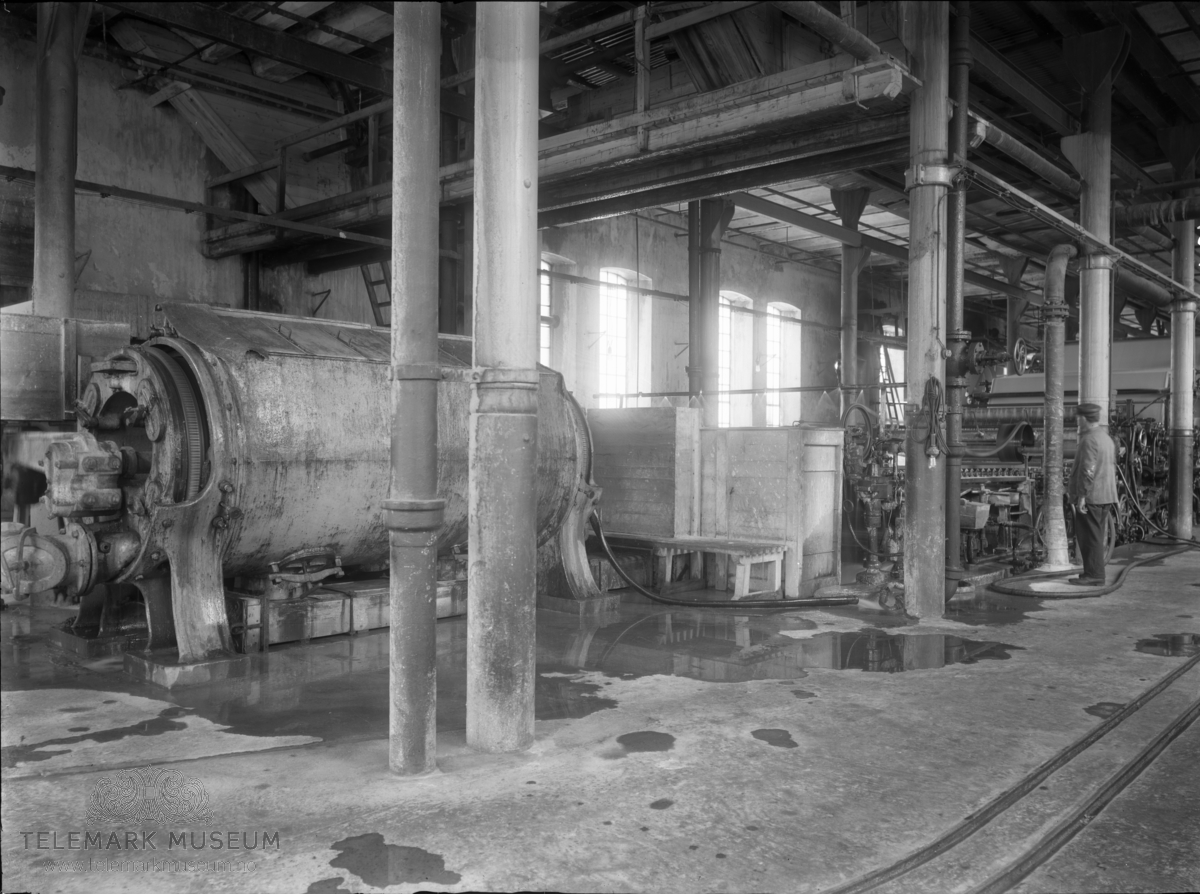History
Europe's largest factory
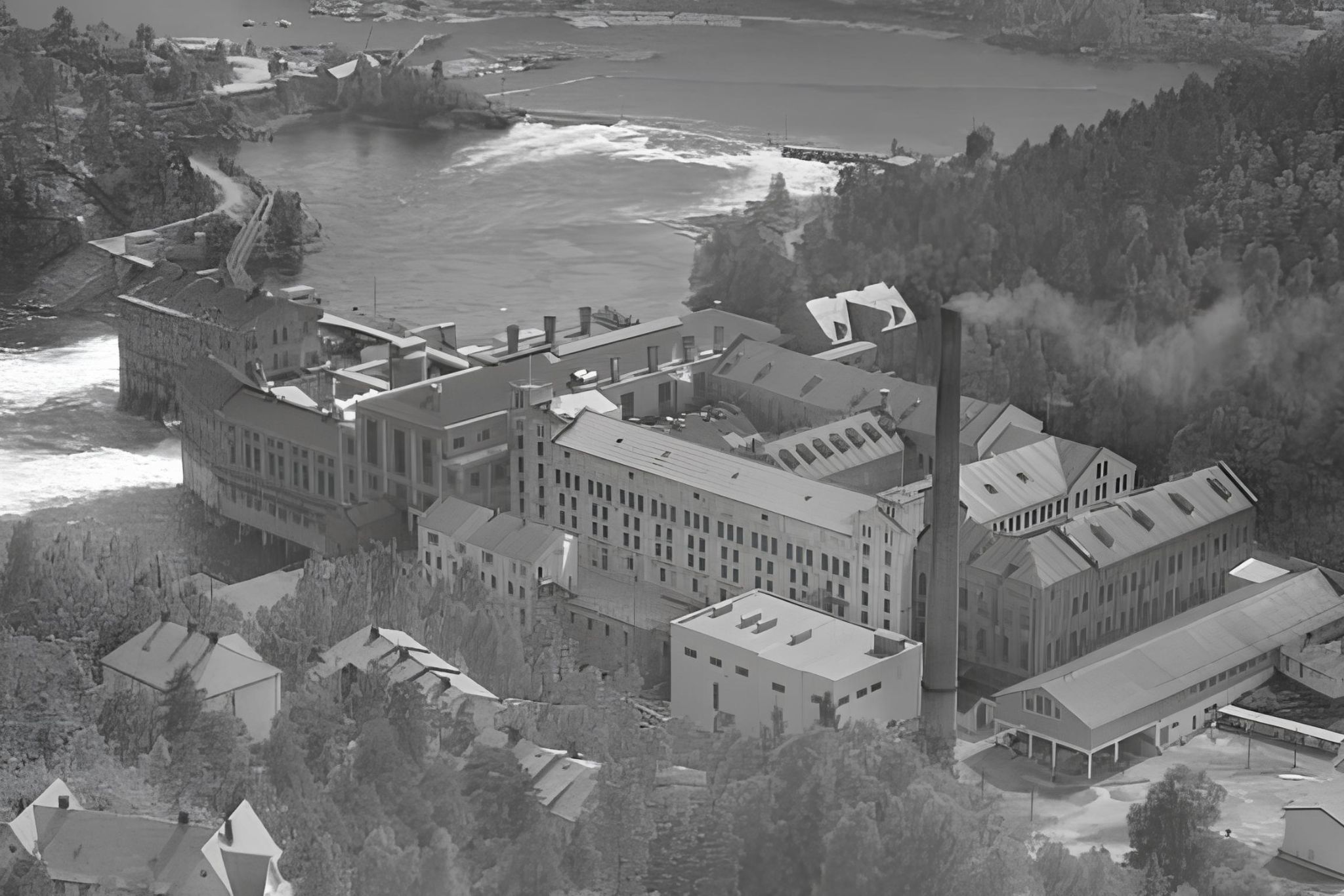
A century of industry and innovation
1872
Grunnleggelsen av skotfoss træsliberi
Waldemar Drewsen, owner of Bentse Brug in Kristiania, Waldemar Drewsen established a wood pulp mill at Skotfoss, to supply raw materials for paper production. By 1881, the mill produced 2,000 tons of pulp annually, marking the beginning of large-scale industry in the area.
1890 – 1892
Construction of the factory
1892
The first paper is produced
1892 – 1893
The first electric railway in the nordic region
1896 – 1900
A growing industrial community
From early - 1900
Europe’s largest paper factory
1986 – 1987
The factory closes: What’s next?
2005
A new chapter begins
Today
A new ear
A symbol of lagacy and progress
The new logo of Nye Skotfoss Brug bridges history and modern innovation. Inspired by the logo of Union Paper Norway, which once symbolized Skotfoss’ industrial heart.
The logos share a visual connection - Union Paper's handshake represented trust and industry, while our redesign with open hands symbolizes protection, care and renewal. The new logo is a tribute to our history and vision for the future, ensuring that the legacy is passed on in a way that honors our ancestors.

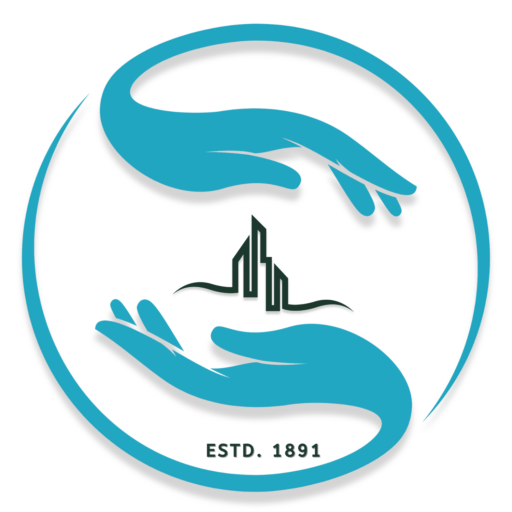
A Pioneer in Norwegian Football
Ludvig Forvald
Ludvig Forvald played a crucial role in introducing football to Norway after being inspired by the sport during his time in England.
In 1894, he founded Odd Football Club, which is recognized as Norway’s oldest existing football club. Serving as the club’s first chairman, Forvald was instrumental in its early development. In 1906, he took the initiative to establish Norway’s first football district association, where he also served as chairman. To promote a standardized understanding of the game, he authored the booklet "Laws and Rules," along with a supplement titled "A Commentary on the Game."
At Skotfoss, Forvald worked as an office manager and lived in the grand Villa Forvald. He was a key figure in the local community and played a significant role in the development of sports. He built both a bowling alley and a tennis court, as well as a cricket field known as “Kroketten.” In 1916, he founded Skotfoss Turn & Athletics Association’s track and field division, and the well-known Forvald Race was held both during World War I and in the interwar period. He also established a tennis club at Skotfoss.
Forvald’s contributions to football and sports in Norway have earned him a place as one of the country’s most influential sports pioneers.

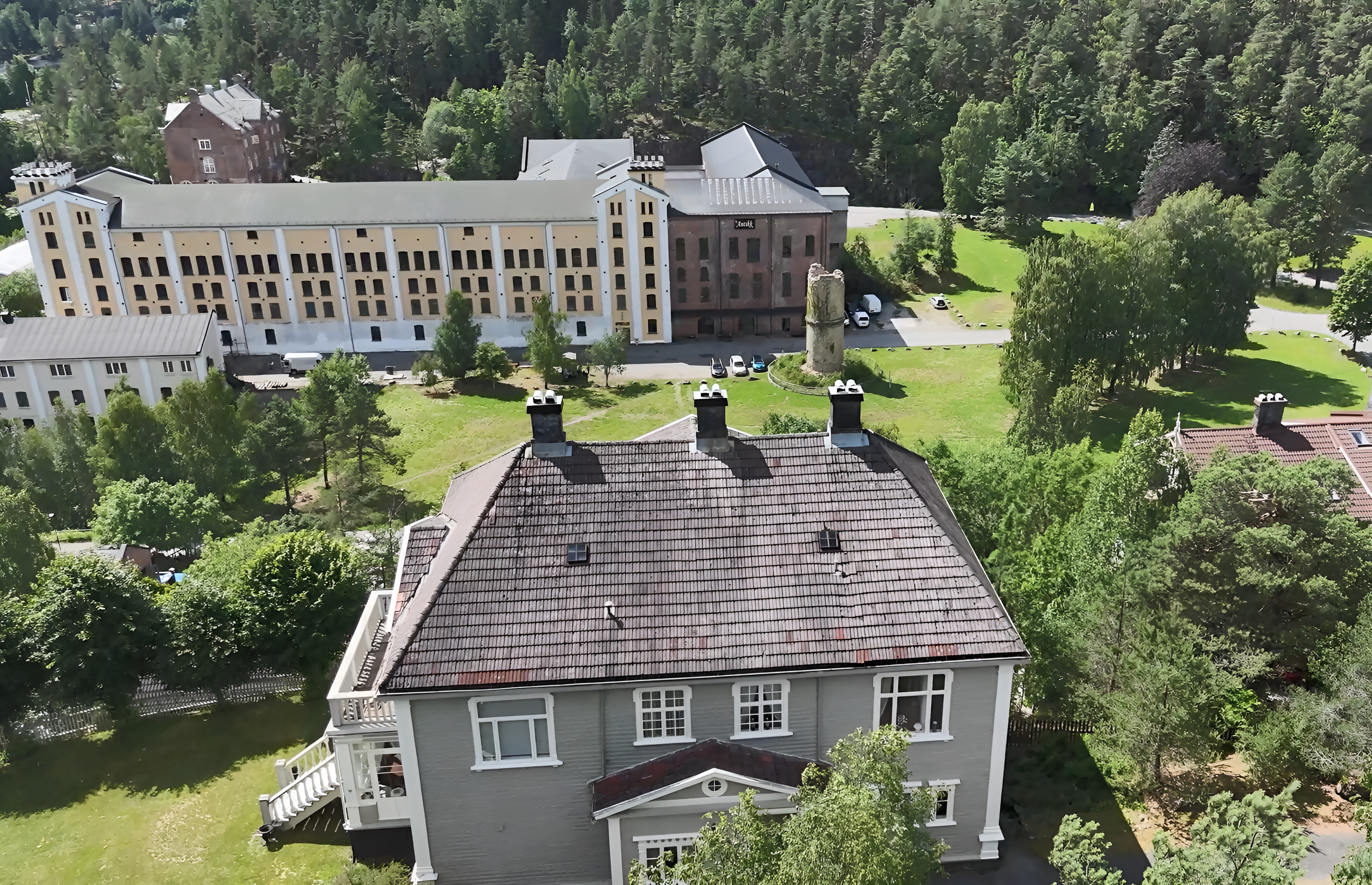
Innovation Meets Tradition
Innovation & Growth
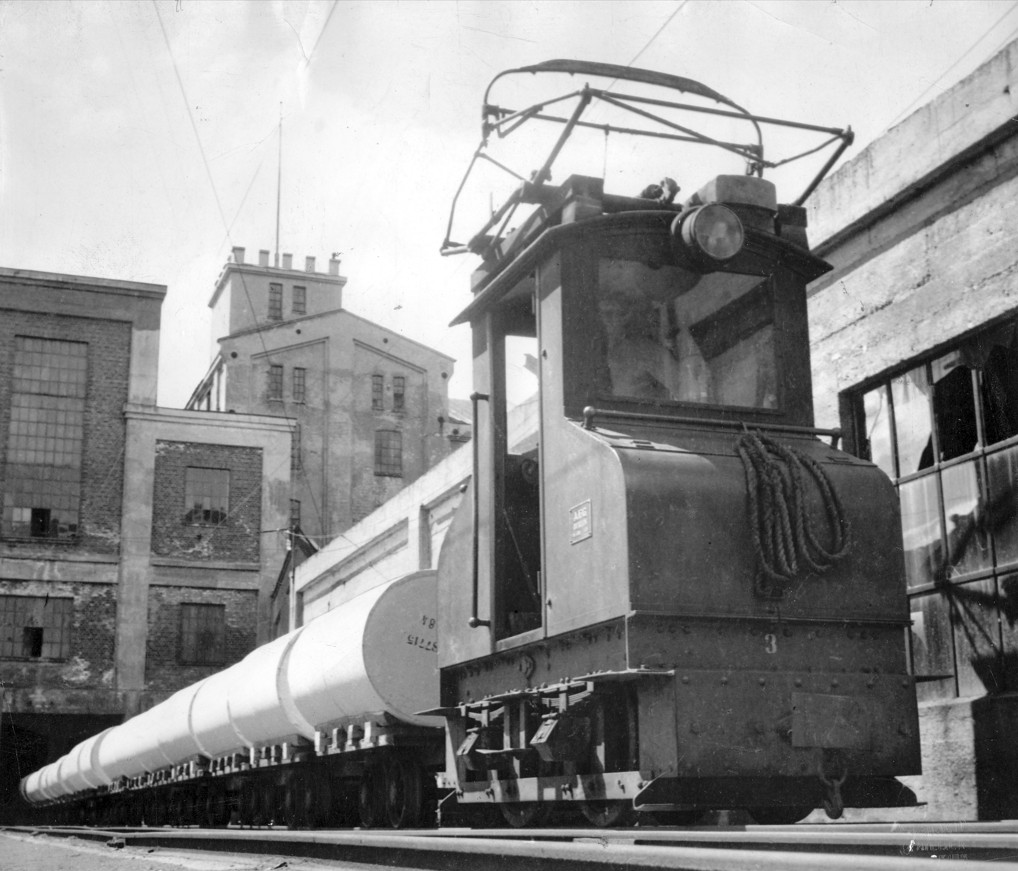
Sustainable development

A thriving community





